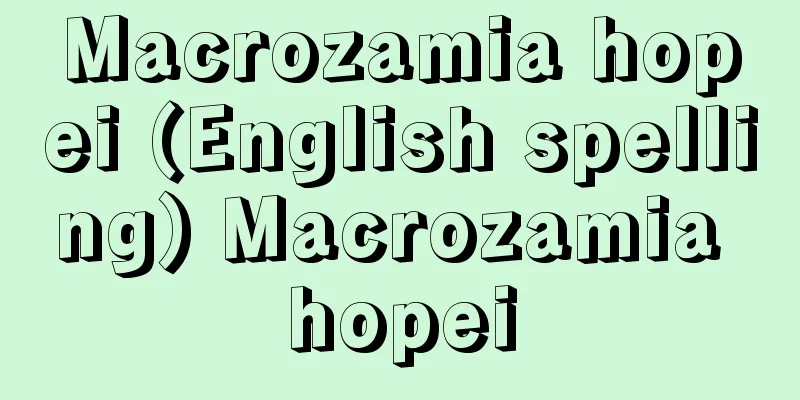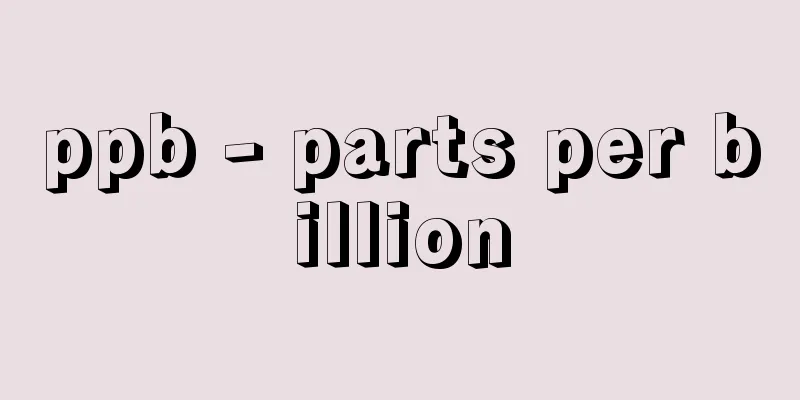Smutnoe vremya (English spelling)

|
...In Russian, it means "Trouble," but as a historical term, it refers to the turmoil in Russia in the early 17th century, also called the "Time of Troubles (Smutnoe vremya)." Soviet historiography has rejected the term and concept of "smuta," which was widespread before the 1917 revolution, and instead emphasizes the aspect of "foreign intervention and peasant wars." *Some of the terminology explanations that mention "Smutnoe vremya" are listed below. Source | Heibonsha World Encyclopedia 2nd Edition | Information |
|
…ロシア語で〈動乱〉の意であるが,歴史用語としては17世紀初頭のロシアの動乱をいい,〈動乱時代Smutnoe vremya〉とも呼ぶ。ソ連邦の歴史学は,1917年の革命前に普及していたこの〈スムータ〉という術語・概念を排し,〈外国干渉と農民戦争〉という側面を強調している。… ※「Smutnoe vremya」について言及している用語解説の一部を掲載しています。 出典|株式会社平凡社世界大百科事典 第2版について | 情報 |
<<: smørrebrød (English spelling) smorrebrod
>>: smṛti (English spelling) smrti
Recommend
Yellowish brown soil
...climate changes in temperature and dryness hav...
ITO (thin film) - ITO
...Ancient applications include anti-reflection f...
Seamen's Disciplinary Law - Kaiinchoukaiho
…The Marine Accident Inquiry System focuses on ac...
Signboard rental contract - Kanban kashi keiyaku
...A contract in which one person (the name lesso...
Interface
Interconnection conditions, mutual boundary condit...
Coil
...Population: 481,000 (1991). A city of ancient ...
Āraṇyaka (English spelling)
Along with the Brahmanas and the Upanishads, these...
"The Battle of Fujito" - Kaba no Kanja Fujito no Kassen
… [Toyotakeza era] In 1726, he collaborated with ...
Fukushimagata - Fukushimagata
This lagoon is located in the eastern part of Kit...
short-tailed albatross
...The Black-footed Albatross D. nigripes is the ...
Osci people (English spelling)
A general term for the peoples who lived in centra...
Dominant foot - Kikiashi
...In such a situation, only the right or the lef...
Politics as a profession - Politik als Beruf German
Written by M. Weber. Published in 1919. A passion...
Aizu Matsudaira Clan
The remaining 10 families are as follows: Iwami, ...
Travelogue - Michiyukimono
This refers to Kabuki dance that deals with michiy...









